
Cordyceps is called as Dong chong xia cao 冬虫夏草 in Chinese, Yarsagumba in Tibetan and Bhutanese language and Đông trùng hạ thảo in Vietnamese.
Cordyceps Mushroom supplement comes from an Asian mushroom known as Cordyceps sinesis (C. sinesis) which sprouts from the body of dead caterpillar in the wild.
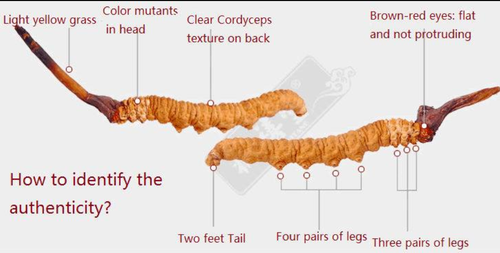
It is also known as the Himalayan Viagra “Yarsa gumba,” which translates as “winter worm, summer grass.
Cordyceps thrives only at altitudes above 3800 meters in the cold, grassy, alpine meadows on the mountainous Himalayan Plateau of Bhutan, India, Nepal, Tibet and the modern Chinese provinces of Sichuan, Gansu, Hubei, Zhejiang, Shanxi, Guizhon, Qinghai, and Yunnan
It can only be found in the mountainous regions above 11,000 feet in Tibet, Nepal and Bhutan. Every year the price of the cordyceps increased due to increase in demand. A high value cordycep cost USD$ 10,000- USD$50,000 per Kilo.
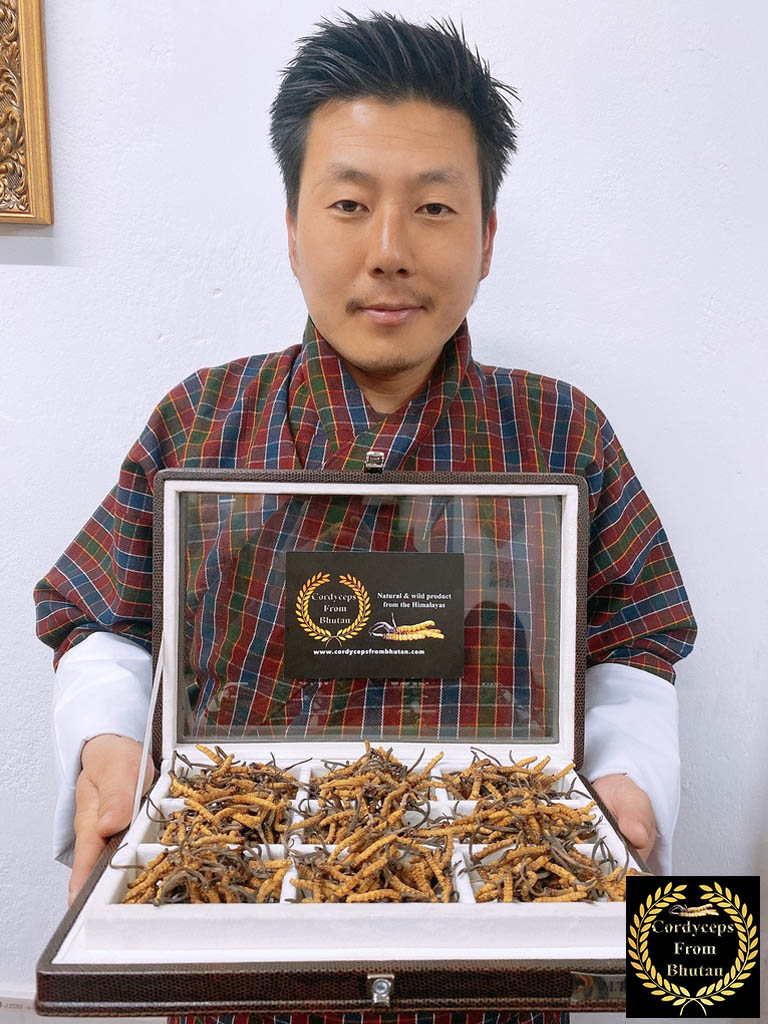
The fungus is the result of spores from C. sinensis entering the body of a live caterpillar while it is in the larval form of a large moth native to the region.
Upon infection from the spores, strands of filaments called “hyphae” begin to sprout from the spores that then lead to the death of the caterpillar.
The hyphae grow longer and more numerous and develop into a relatively large stalk-like fungal fruiting body that emerges from the insect’s carcass after having sapped the caterpillar’s body of all nutrients.
Cordyceps sinensis has been described as a medicine in old Chinese medical books and Tibetan medicine. It has been used as food, medicine, poison, and in spiritual mushroom practices in religious rituals across the world since at least 5000 BC.
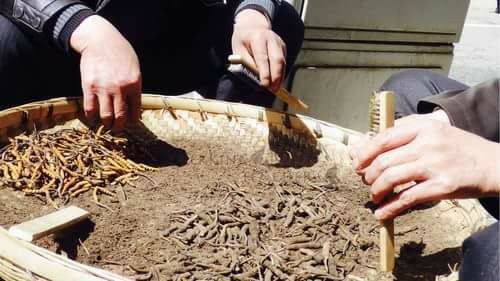
During the Beijing 1993 Olympics, the price of Cordyceps has skyrocketed. Rumour has it that Chinese government were buying up all the Cordyceps for their athletes.
It was found that there were no special training schemes or methods, but after each training session, every athlete would consume a special drink, which contained Cordyceps.
Traditionally, cordyceps has been used in the elderly population to improve weakness, impotence, and fatigue associated with aging.
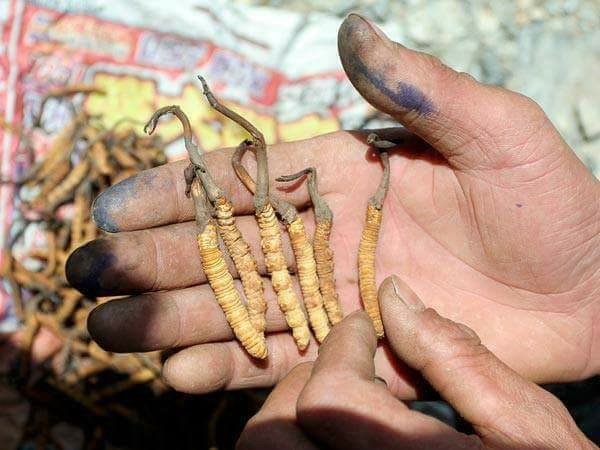
Improvements in self-reported symptoms have been described, as have increases in red blood cell superoxide dismutase activity and decreases in malondialdehyde levels.
Other antioxidant effects, hydroxyl radical scavenging activity, and decreases in lipid peroxidation are thought to be responsible for the antiaging effects, as well as effects on the adrenergic and dopamine systems. Increases in learning and memory have been shown in experiments.
Animal studies suggest cordyceps, particularly the polysaccharide extracts, and decreases blood glucose levels by improving glucose metabolism and enhancing insulin sensitivity.
Few clinical trials exist; however, 1 small (N = 20), randomized trial found that taking C. sinensis 3 g daily improved the blood sugar profile over placebo.
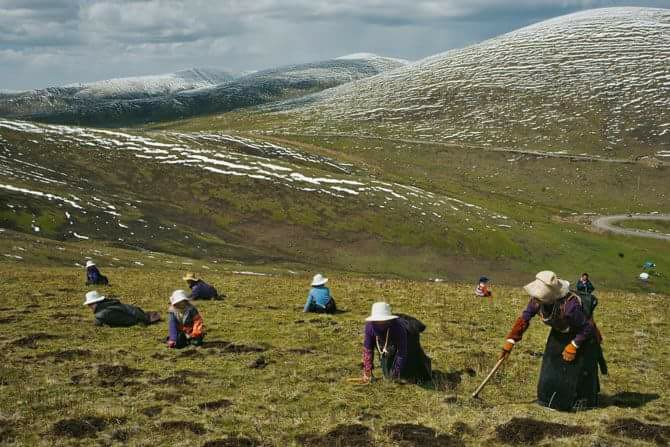
According to Memorial Sloan-Kettering Cancer Center (MSKCC), cordyceps has antitumor, radioprotective, and antidiabetic effects. MSKCC cites a study in which cordyceps made the cancer medication cisplatin more toxic to lung cancer cells, and confirms that cordyceps can also help infection-fighting lymphocytes live longer, increase levels of T helper cells, reduce tumor cell proliferation and boost the activity of natural killer cells.
Finally, the medical center reports that some studies have shown that cordyceps has caused cancer symptoms to improve, in addition to helping patients better tolerate the rigors of chemotherapy.
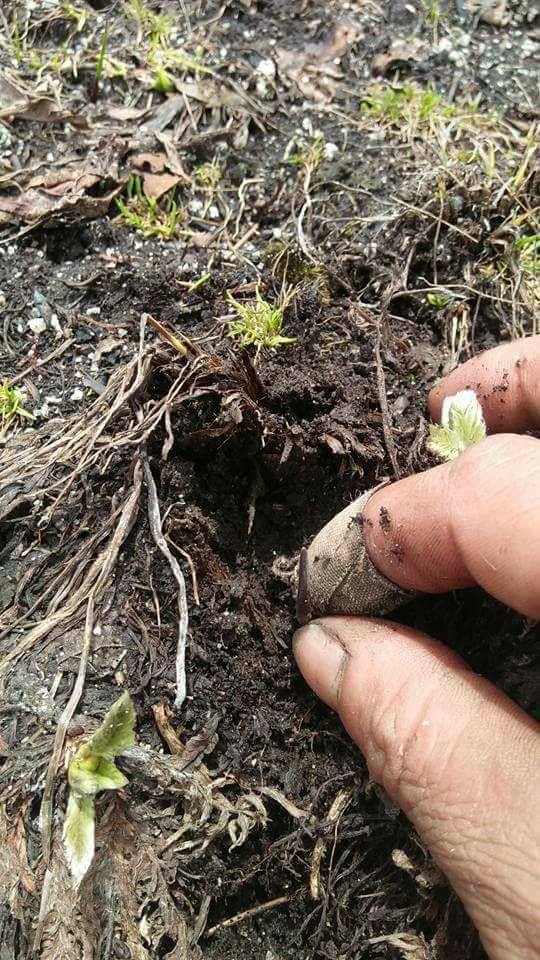
Cordyceps has long been prized in the Far East as a powerful stimulant that can help boost circulation, tone the liver and kidneys, increase physical stamina and of course, help men maintain a erection.
This ability seems to stem from the fungi’s blood vessel dilating properties which leads to better blood flow, especially to the genital areas.A Japanese clinical study has also found that Cordyceps helped 64% of the men who took it for their erectile dysfunction.
Researchers believe that this is due to the presence of deoxyadenosine and corycepic acid in the fungus. Both of these isolated constituents have been shown to help increase libido and desire in both sexes.
Abnormal blood circulation often occurs along with kidney disease. In this condition, cordyceps is a good choice, because it can improve the ability of marrow to produce blood platelets, red blood cells and white cells.
What’s more, the biggest benefit of cordyceps for Chronic Kidney Disease patients is that it can help slow the progress of kidney disease, improve kidney function and reduce kidney damage. Therefore, this herbal medicine is indeed beneficial for most kidney patients.
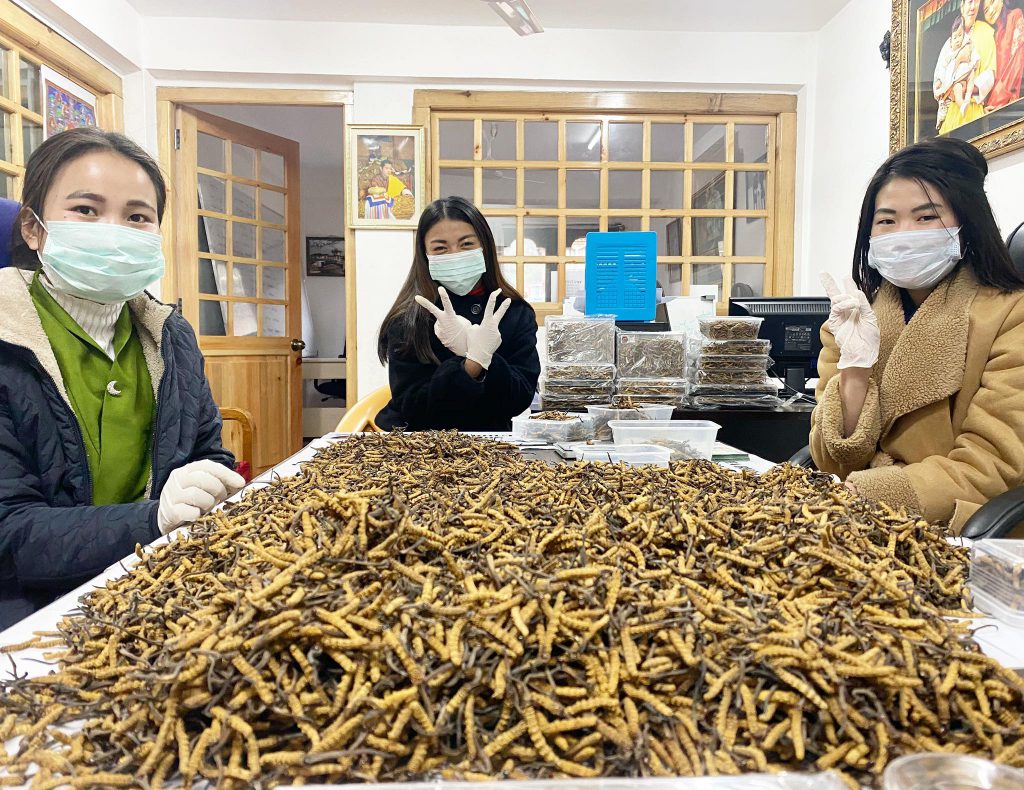
A number of research studies show that Cordyceps has potential for treating heart disease. It is approved in China to treat arrhythmia.
Cordyceps sinensis flaunts a very diverse lin eup of nutrients that have been seen to have a positive effect to the overall function of the circulatory system.
That’s ’cause cordyceps contains a number of nucleosides like deoxyuridine, thymidine, hypoxanthine and adenosine which play a key role in producing energy and enhancing blood flow.
Unpublished data on studies in elderly volunteers revealed increased energy levels and oxygen-carrying capacity following 6 weeks of cordyceps treatment over placebo.
Hepatoprotective effects of cordyceps extracts have been demonstrated in animal models. Open-label clinical studies conducted in patients with active hepatitis and posthepatic cirrhosis reported improvements in liver function tests.
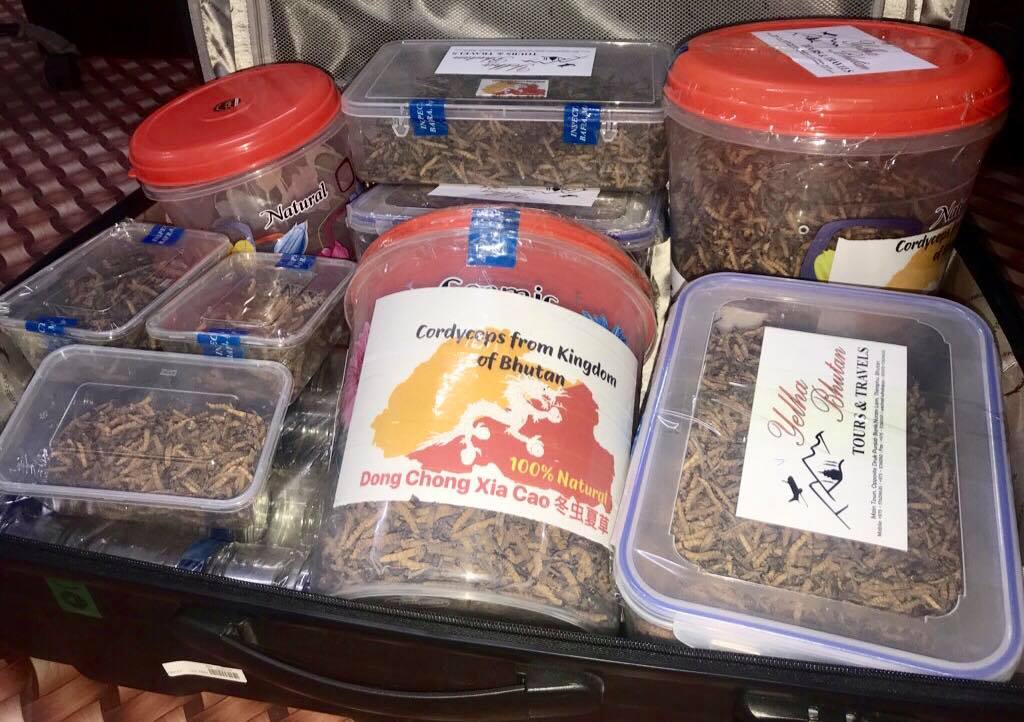
Sinensis have a stimulatory effect on ion transport in human airway epithelial cells, possibly because of cordycepin and adenosine. Animal studies suggest the observed effects on respiration are caused by enhanced oxygen utilization capacity, supporting the traditional use of cordyceps in Tibet and Nepal to offset altitude sickness.
Clinical studies conducted in asthma, chronic obstructive pulmonary disease, and bronchitis have suggested efficacy for cordyceps.
Scientists at the University of Nottingham in Britain have been researching the potential of Cordyceps to reduce inflammation. While their research shows the fungus is effective at reducing inflammation at the cellular level
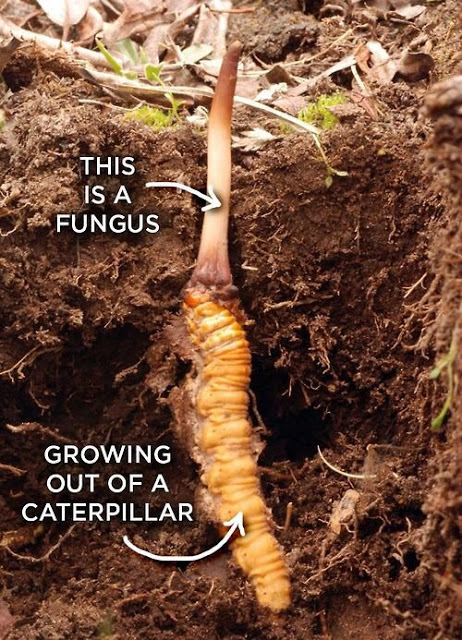
In ancient China this fungus was used exclusively in the Emperor’s Palace because of its scarcity. Approximately 5 grams were stuffed into the stomach of a duck and roasted until well cooked, then the Cordyceps was removed and the duck was slowly eaten, twice daily over a period of 8-10 days, this was thought to be as potent as 50 grams of Panax Ginseng.
The first written record of the Cordyceps mushroom comes from China. In the year 620 AD, at the time of Tang Dynasty (618 AD – 907 AD)
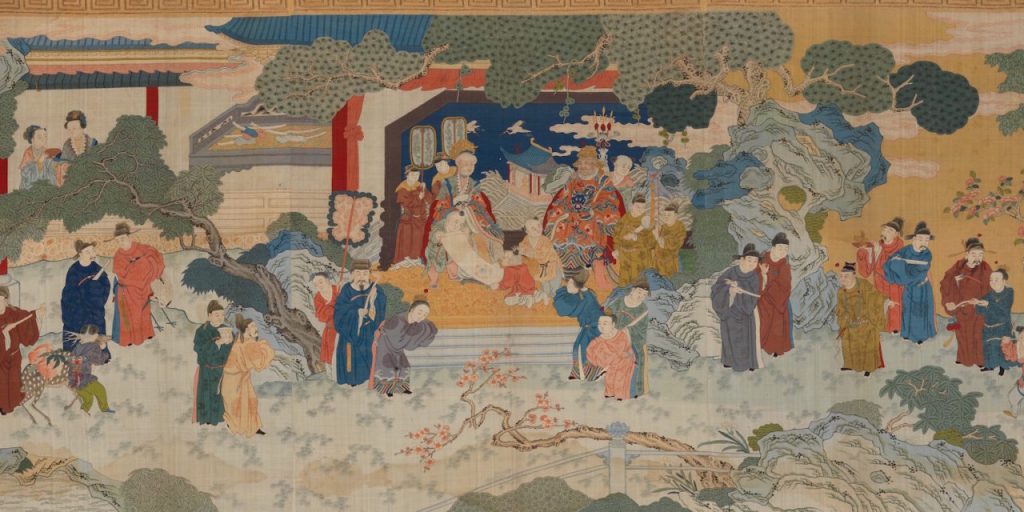
Cordcyeps are foudn in Asia (notably Nepal, China, Japan, Bhutan, Korea, Vietnam, and Thailand). Cordyceps species are particularly abundant and diverse in humid temperate and tropical forests.
Tibetan and Bhutanese cordyceps however are rare, precious and more effective.
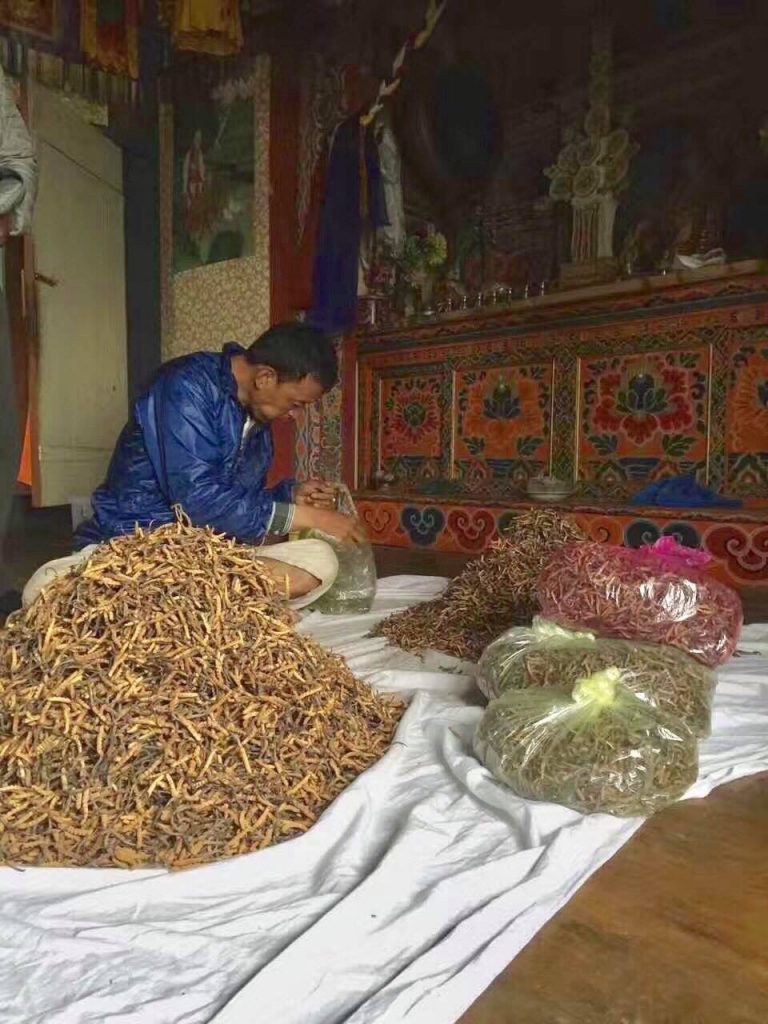
Bhutan cordcyeps are found at an elevation between 14,500 feet and 17,000 feet, just meters below the snow line. It appears annually and is harvested between the months of April and August in Bhutan.
Before the rainy season begins, spores of the Cordyceps mushroom settle on the heads of caterpillars’ that lives underground.
The fungus gets so much into the body of the caterpillars’ that it grows out through its head and drains all the energy from the insect and ultimately it dies.
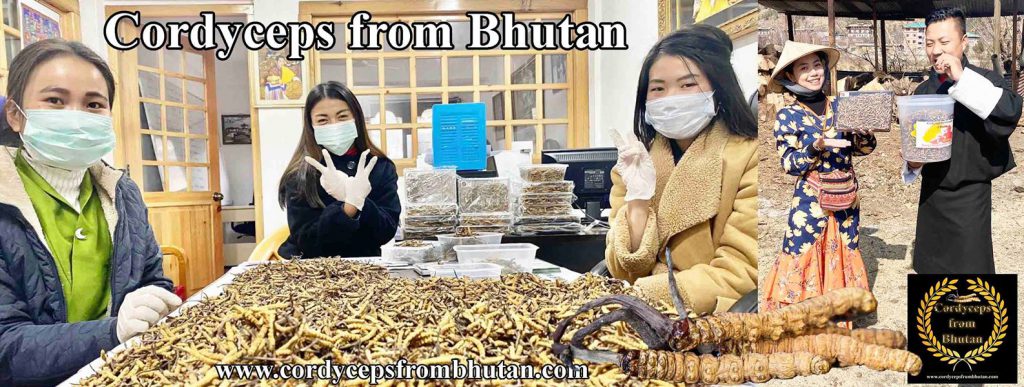
You can easily distinguish, Bhutan’s cordyceps from Tibetan and Chinese via the RED EYES, body color of cordcyeps and line particles shapes in the body.
The cordyceps has a long history in traditional Chinese and Tibetan medicines for its usage in ancient times.
Yet, the cordycep found in the mountains of Bhutan are significant with its Red Eyes serving unique herbal benefits that are not found elsewhere. Also in Bhutan only natural cordcyep are collected mountains from 3500 meters and above and Royal Government of Bhutan is very strict and issues special permits to collect and export cordyces.
Cordcyep from Bhutan are also 100% genuine and very rare.
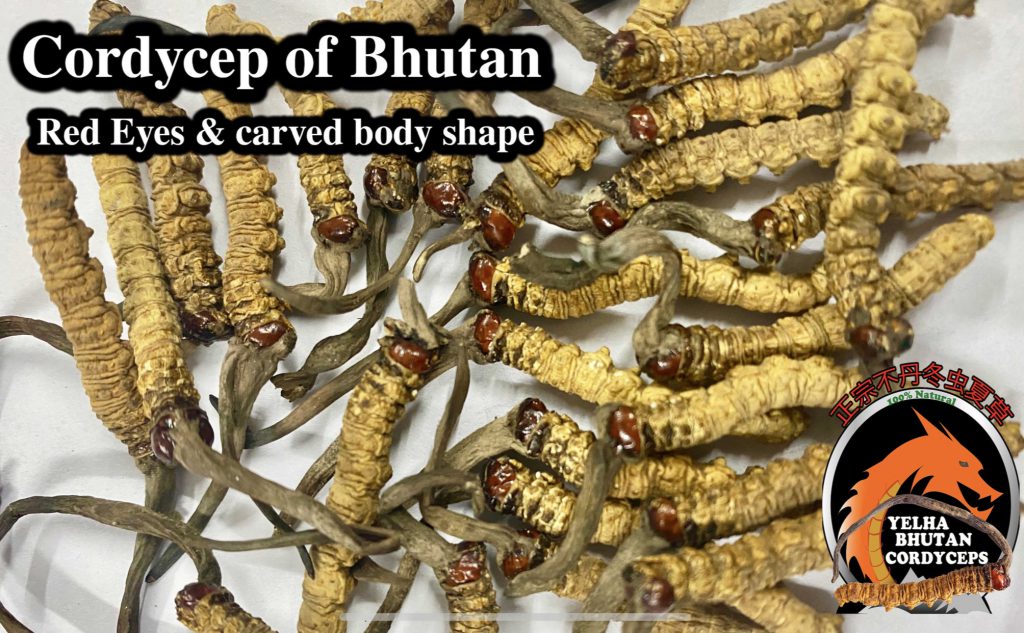
The adenosine Bhutanese infusion of Red Eye Cordycep: 119mg/100g
The adenosine infusion of Tibetean/Chinese Cordycep: 85.5mg/100g
” Adenosine is both a chemical found in many living systems and a medication. As a medication, it is used intravenously to treat certain forms of supraventricular tachycardia that do not improve with vagal maneuvers. ”
The weight and the largeness of the Red Eyes is prized and expensive in Bhutan.
Thus Bhutanese Cordcyeps have extra 33.5mg of adenosine infusion making its almost 33% more effective.
Cordcycep price in 2019 Royal Government of Bhutan, Ministry of Agriculture auction was ‘ the lowest grade D ( dust) US$ 6000 per kg & and the Super A++ size ( 2 pcs in a gram ) 50,000 per kg’
Note: Foreigners are not allowed in the Bhutan Government Cordycep auction, which is held every year on july-August. Only Bhutanese cordycep exporters with special permits are allowed to visit and take part in the auction.